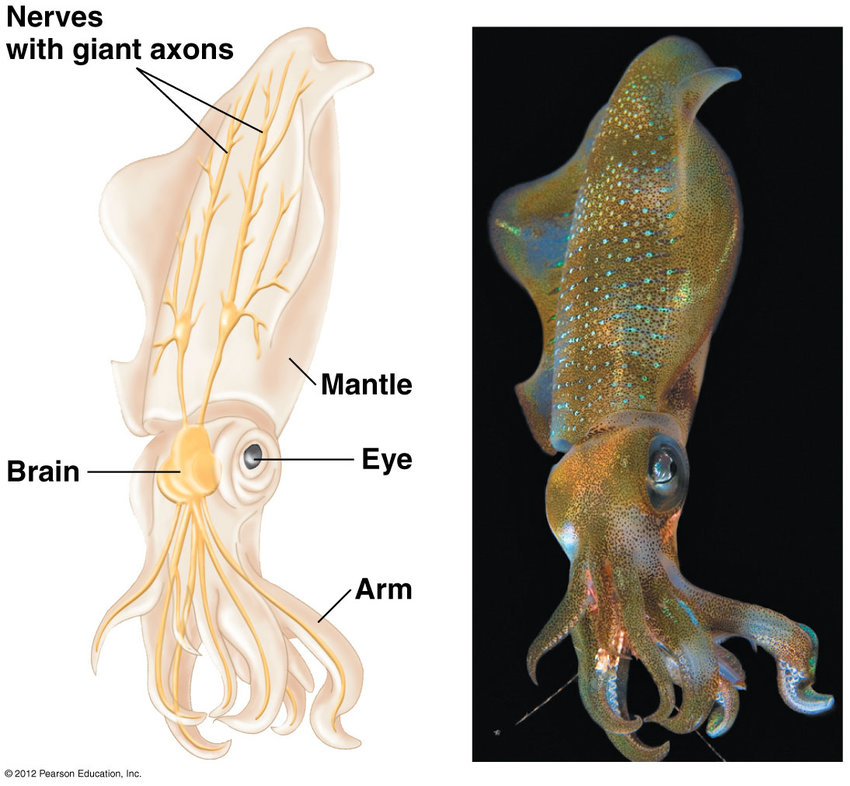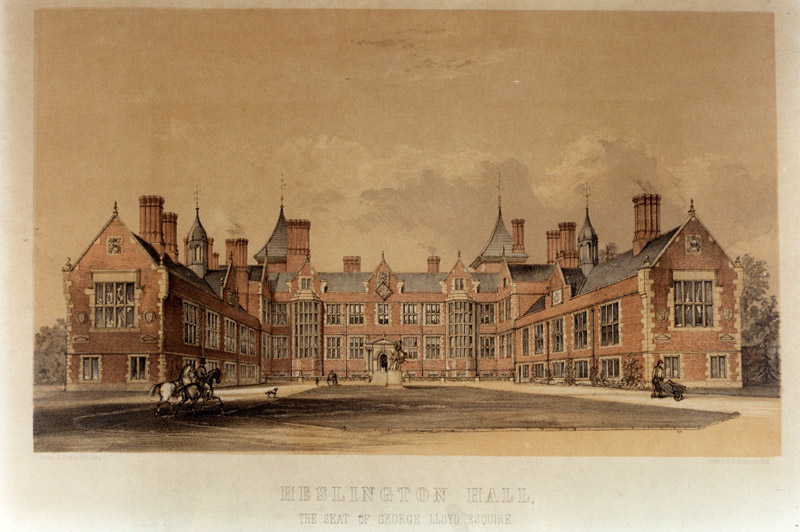In 1952, British physiologists Alan Hodgkin and Andrew Huxley conducted groundbreaking research on the electrical properties of neurons by simulating their model of the squid giant axon. This work laid the foundation for understanding how action potentials, or electrical impulses, are generated and propagated along nerve cells.
The squid giant axon, which is a long, cylindrical fibre responsible for conducting electrical signals in the squid’s nervous system, provided Hodgkin and Huxley with an ideal experimental model due to its large size and accessibility.

Using voltage clamp techniques, Hodgkin and Huxley were able to measure and control the membrane potential of the squid giant axon. They inserted microelectrodes into the axon, allowing them to record the electrical activity and manipulate the voltage across the cell membrane.
Through a series of meticulously conducted experiments, Hodgkin and Huxley were able to describe the complex mechanisms underlying the generation and propagation of action potentials. They formulated a mathematical model that explained the observed electrical behaviour in terms of ion channels and ion movements across the cell membrane.
Their model proposed that the changes in membrane potential during an action potential are driven by the movement of ions, specifically sodium (Na+) and potassium (K+), across the axon membrane. They described how voltage-gated ion channels open and close in response to changes in voltage, allowing the influx or efflux of ions and generating the characteristic action potential waveform.
Hodgkin and Huxley’s mathematical model successfully simulated the experimental data and provided quantitative descriptions of the ion conductances and voltage changes during an action potential. Their groundbreaking research not only provided a comprehensive understanding of the squid giant axon but also laid the groundwork for understanding the principles of electrical signalling in neurons more broadly.
For their groundbreaking work, Alan Hodgkin and Andrew Huxley were jointly awarded the Nobel Prize in Physiology or Medicine in 1963, alongside Sir John Eccles, who made significant contributions to the understanding of synaptic transmission. The Hodgkin-Huxley model remains a cornerstone in the field of neuroscience and has had a profound impact on our understanding of how neurons communicate and function.









